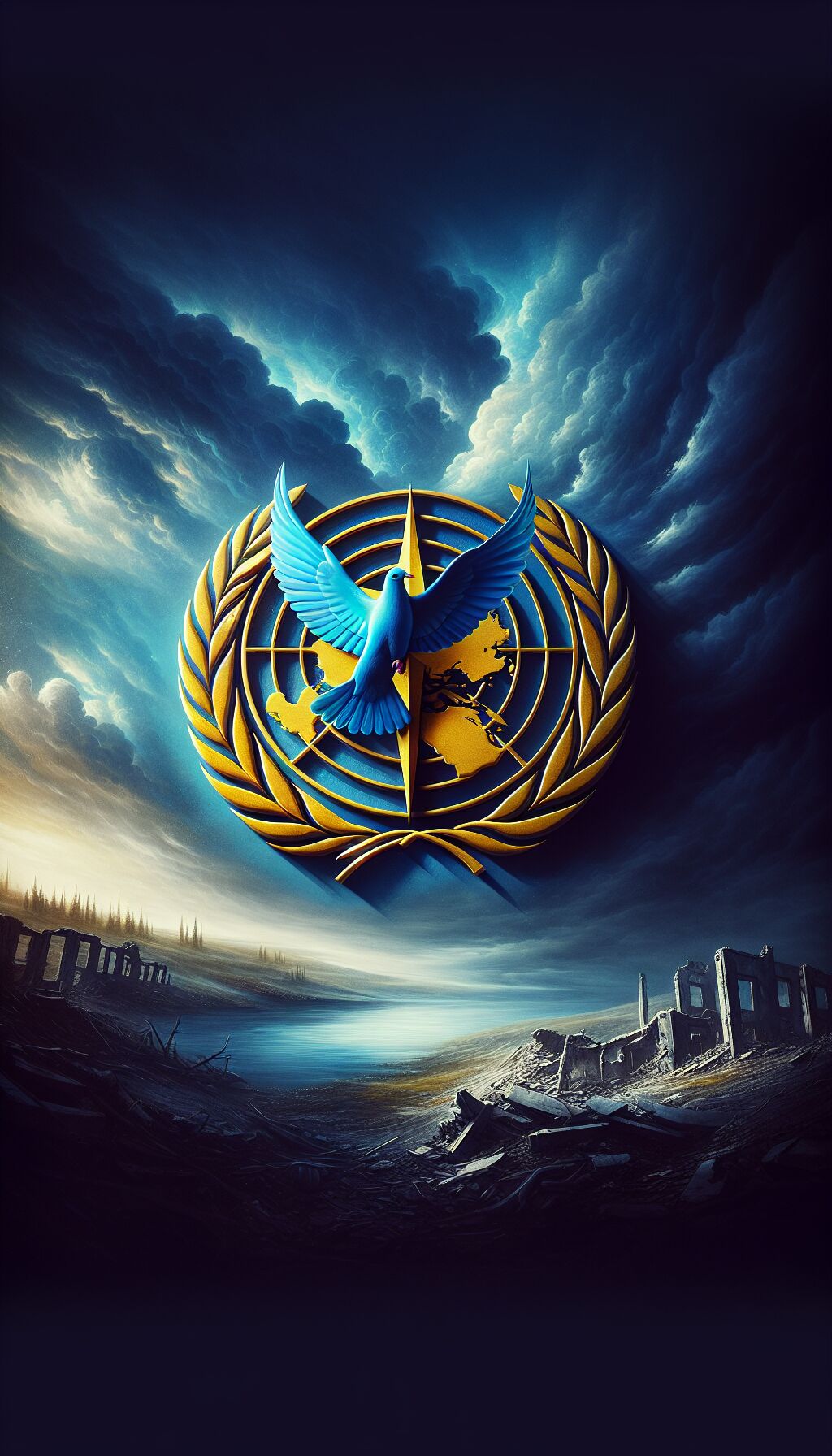Ukraine’s NATO Membership Bid: A Critical Juncture
As Ukraine grapples with an ongoing conflict against Russia, Foreign Minister Andrii Sybiha has taken a bold step by urging NATO leaders to invite his country to join the military alliance. This appeal was articulated in a letter sent ahead of an upcoming meeting in Brussels and comes during a crucial phase of Ukraine’s persistent push for NATO membership. The urgency of the request can be seen as an attempt to solidify Ukraine’s alliances in the closing days of President Joe Biden’s administration.
Ukraine’s Renewed Request for NATO Membership
The letter, reported first by Reuters, underscores Ukraine’s renewed fervor to seek NATO membership as a strategic move to help conclude Russia’s prolonged war on its territory. This request comes on the heels of a recent escalation in attacks on Ukraine’s energy infrastructure, coinciding with a shift in the Biden administration’s position regarding military support for Ukraine.
In the letter, Sybiha acknowledged that the ongoing war with Russia bars Ukraine from formal NATO membership at this moment. However, he argued that extending an invitation for membership would serve as a powerful demonstration of unity among NATO members—a significant symbolic defeat for Russian President Vladimir Putin, who adamantly opposes Ukraine’s integration into NATO.
“We believe that the invitation should be extended at this stage,” Sybiha emphasized in his correspondence. “It will become the Allies’ adequate response to Russia’s constant escalation of the war it has unleashed,” he noted, referencing Russia’s enlistment of North Korean troops and the testing of advanced weaponry on Ukrainian soil.
Zelenskyy’s Appeal to NATO
Adding to the pressure, Ukrainian President Volodymyr Zelenskyy reiterated his call for NATO’s support during an interview with Sky News. Zelenskyy suggested that NATO could expedite the membership process by covering areas of Ukraine that remain under Ukrainian control, even as the conflict persists.
“If we want to stop the hot phase of the war, we need to take under the NATO umbrella the territory of Ukraine that we have under our control,” Zelenskyy told Sky News. He implored NATO to act swiftly, citing a growing urgency to secure Ukraine from further Russian advances.
Challenges Facing Ukraine’s NATO Bid
Despite Ukraine’s push for NATO membership, several obstacles stand in its way. Current NATO protocols require that aspiring members possess territorial integrity and an absence of ongoing conflict. At present, approximately 20% of Ukrainian territory remains occupied by Russian forces, complicating Ukraine’s application.
According to Rebekah Koffler, a strategic military intelligence analyst, Article 5 of the NATO treaty, which mandates collective defense among member states, poses particular challenges for Ukraine. The presence of foreign troops, notably Russian forces, constitutes a significant barrier to NATO membership.
“For Russia, it is a red line for Ukraine to be part of NATO,” Koffler stated, highlighting Putin’s view of Ukraine as part of Russia’s strategic security perimeter.
NATO’s Divided Position
NATO members themselves are divided over the prospect of Ukraine’s inclusion. Some nations express concerns that admitting Ukraine to the alliance could invoke Article 5, thereby automatically dragging the United States and its allies into a conflict with Russia. This potential escalation raises alarms among NATO members, emphasizing the complexity of the situation.
Ongoing Support for Ukraine
On the diplomatic front, U.S. Secretary of State Antony Blinken recently engaged in discussions with Ukrainian Foreign Minister Sybiha. These talks focused on the situation on the battlefield following renewed Russian attacks on Ukraine’s vital energy infrastructure. While the U.S. reiterated its commitment to sustainable support for Ukraine, specific details regarding NATO membership or further military aid were not disclosed.
The Implications of a Second Trump Presidency
As Ukraine navigates this critical moment, it must also consider the uncertainties surrounding a potential second term for Donald Trump. The former president has historically exhibited skepticism toward NATO, suggesting that he could broker a quick resolution to the conflict if re-elected. The outcome of the U.S. presidential election poses additional risks to Ukraine’s territorial aspirations and security guarantees.
A Timeline of Urgency
Time is of the essence for Ukraine’s NATO strategy, as the war nears its third year. NATO membership has been a cornerstone of President Zelenskyy’s multi-faceted “victory plan,” which aims to secure an end to the warfare against Russia. The plan outlines a vision where Ukraine could potentially conclude the conflict by 2025, provided its requests for advanced weaponry and operational capabilities are met.
Conclusion
The escalating conflict between Ukraine and Russia continues to influence geopolitical dynamics in Europe and beyond. As Ukraine intensifies its pursuits for NATO membership, it confronts both external adversaries and internal challenges. The coming weeks will be crucial as NATO leaders meet to discuss Ukraine’s aspirations amidst a backdrop of war, political pressure, and shifting international alliances.












